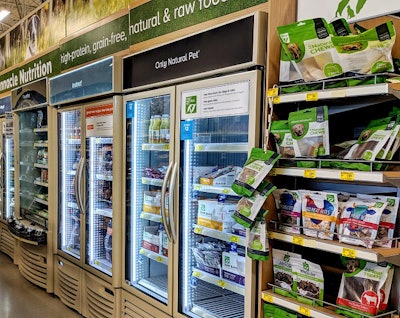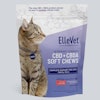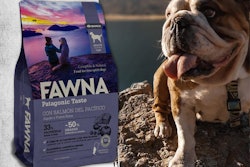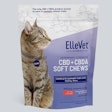
Pet owners’ reported experiences may stand in contrast to some organizations’ stances on raw pet foods. Around the world, thousands of surveyed dog or cat owners didn’t report a single confirmed case of raw pet foods passing disease-causing microbes to humans, while less than a dozen experienced probably transmission. Researchers published that observation in Frontiers in Veterinary Science. Overall, the scientists didn’t find much evidence of diseases spread to people by raw or minimally processed pet foods.
“While we did have a handful of suspected cases, the fact of the matter is that the veterinary and human professions are not testing for pathogen cases and automatically assume that GI distress in raw fed dogs is pathogen related,” study co-author Nicole Cammack, researcher and founder of Northpoint Pets & Company retail outlet, told Petfood Industry. “This is leading to an overuse of antibiotics as a result of assumption bias. The fact of the matter is that pathogen infection can and does result from a variety of factors, many of which could be kibble/other formats as well as factors independent of diet.”
Cammack and her colleagues gathered responses from 5,611 pet-owning households from 62 countries. More than three-quarters of participants purchased commercially prepared, raw, minimally processed diets for their dogs or cats. The scientists classified eleven households as having experienced “probable” transmission, and 20 households experienced “possible” transmission.
Raw pet food consumer messages
What’s more, the scientists’ findings called into question a basic tenant of raw pet food use, that the products should be kept away from people’s food prep spaces and utensils. Although it may seem counter-intuitive, this may not be the best way to avoid cross-contamination. Preparing raw pet foods in the same spaces with the same utensils as human food had the lowest rate of suspected pathogen transmission, compared to situations when the foods were prepped in different places or with different utensils.
“More research is needed to determine if this is indeed the case,” Cammack said. “That said, preparing minimally processed pet foods in the same space, with the same utensils would likely mean that pet owners would use the same methods to clean the preparation area and utensils as they would for cleaning up after preparing meat for themselves.”
Raw pet diets, like all foods, could harbor disease-causing microbes. Cammack said all pet food and treat makers benefit from educating consumers about proper food handling techniques.
Society overall, and particularly veterinarians, seem to forget that the risk of these pathogens is present for all food formats, she said. Messaging needs to be consistent for all pet food varieties.
Regional differences in raw pet food acceptance
However, officials’ and veterinary groups’ guidance on raw pet foods varies regionally. In the United States, the American Veterinary Medical Association (AVMA) advocates that pet owners avoid raw foods. The U.S. Food and Drug Administration Center for Veterinary Medicine “does not believe raw meat foods for animals are consistent with the goal of protecting the public from significant health risks…” Likewise, the U.S. Centers for Disease Control and Prevention “does not recommend feeding raw diets to pets.”
On the other hand, the European Pet Food Industry Federation (FEDIAF) focuses more on consumer education, especially about the differences among homemade and commercial raw pet foods.
“The AVMA policy (and others in the U.S.) advocate for avoidance of minimally processed (MP) diets, even though commercial MP diets are held to the same zero-tolerance pathogen policy as kibble and other pet food formats,” she said. “The difference is with those who make their own MP diets from meat sourced from human grocery stores.”
These meats are allowed to be contaminated with pathogens since they are sold with the intention of being cooked, she said. In these cases, avoidance of homemade diets is a reasonable recommendation.
“AVMA and other organizations could benefit from updating their policies to reflect these differing risk factors which could help with engaging raw-feeding pet owners in a meaningful and respectful way,” she said.

















